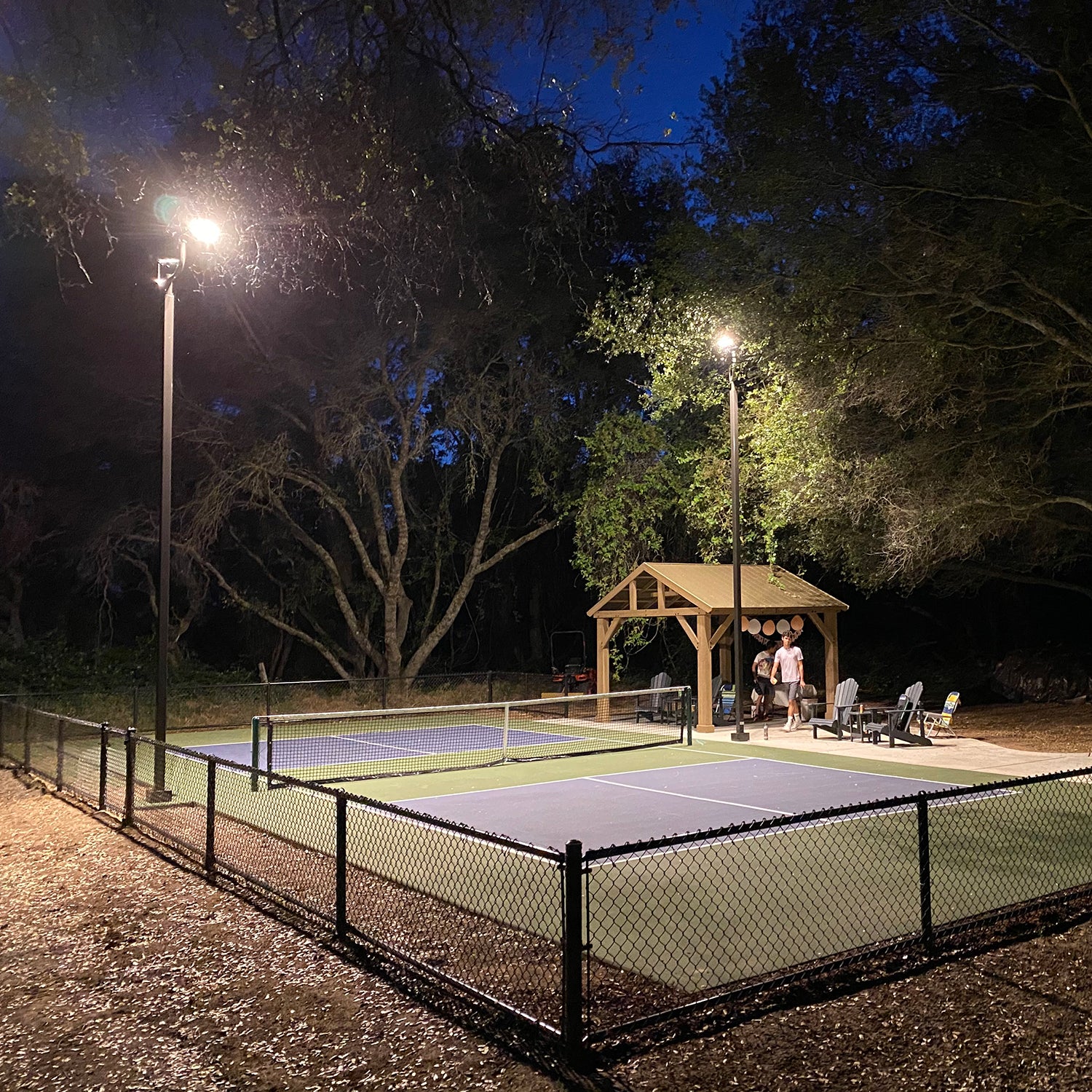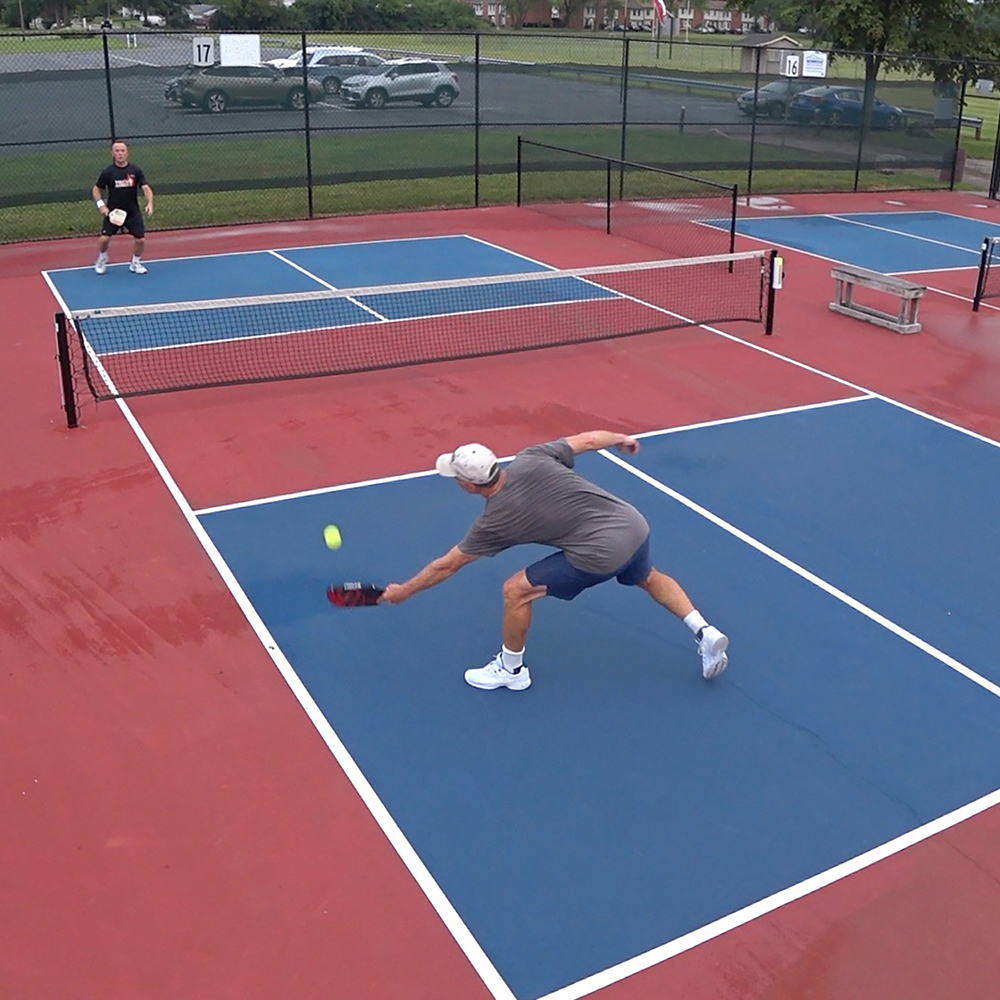The Ultimate Overview to Preparation Your Pickleball Court Construction Task
The Ultimate Overview to Preparation Your Pickleball Court Construction Task
Blog Article
Navigating Rules for Pickleball Court Building And Construction in Your Location
Creating a pickleball court in your area requires a nuanced understanding of different regional policies, including zoning regulations, building licenses, and safety and security standards. Involving with local authorities and the area is critical for ensuring conformity and fostering support.
Recognizing Local Zoning Legislations
When taking into consideration the building and construction of a pickleball court, comprehending regional zoning regulations is crucial to ensuring conformity and staying clear of possible legal issues. Zoning laws determine just how land can be used and commonly consist of requirements associated to leisure facilities. These legislations can vary significantly by district, impacting aspects such as court placement, sound, size, and lighting degrees.
Before starting building, it is important to speak with the regional zoning board or planning department to identify the particular policies that put on your residential or commercial property. Certain zones may restrict leisure tasks, while others may need certain permits or adherence to specific standards. It is also vital to take into consideration setbacks, which figure out how much frameworks should be from property lines or various other structures.
In addition, exclusive growths, such as homeowner associations (HOAs), might impose their own rules concerning the building and construction and use pickleball courts. Recognizing these regulations can stop costly alterations or lawsuits down the line. Involving with local stakeholders and area members can offer important understandings and foster assistance for your job, making certain that it aligns with the neighborhood's needs and expectations.
Acquiring Necessary Building Allows
Just how does one navigate the intricacies of obtaining necessary building licenses for a pickleball court? Normally, you will require to submit a thorough website strategy that outlines the recommended court dimensions, products, and design.

Once authorizations are gotten, it is vital to abide by any inspection timetables and demands throughout the building phase. Preserving interaction with neighborhood authorities will promote a smoother authorization process and help avoid prospective setbacks. By thoroughly preparing and recognizing the allowing landscape, you can efficiently navigate the intricacies associated with constructing a pickleball court while continuing to be certified with all neighborhood guidelines.

Assessing Environmental Impact
A comprehensive evaluation of ecological effect is crucial when intending the building of a pickleball court. This examination aids identify potential results on regional environments, water sources, and community appearances. Secret elements to consider consist of site selection-- making certain that the court is not developed on ecologically sensitive land, such as wetlands or habitats for threatened types
Dirt security and drain patterns need to be evaluated to stop erosion and water merging, which can negatively impact bordering plants and wildlife. Additionally, the option of products is important; choosing lasting and green options minimizes ecological harm.
The implementation of efficient stormwater management methods is an additional crucial aspect, as it helps minimize overflow and sedimentation. Engaging with neighborhood ecological firms can provide valuable insights right into regulations and best practices details to your location.
Finally, neighborhood input can be valuable in recognizing any type of neighborhood ecological worries and promoting assistance for the job. By carrying out a complete environmental impact analysis, stakeholders can make certain that pickleball court building straightens with lasting methods and contributes favorably to the neighborhood's eco-friendly health.
Abiding By Safety Specifications
Making sure compliance with safety and security criteria is critical for the effective building and construction and procedure of a pickleball court. Abiding by well-known security policies reduces the threat of injuries and accidents, ensuring a protected environment for gamers.
Secret safety and security criteria include correct court measurements, surface products, and lights needs. The court needs to meet the official dimensions of 20 feet wide by 44 feet long for increases play, with appropriate buffer zones to avoid injuries from wayward spheres. Pickleball court construction. The surface area ought to be created from non-slip products to enhance grip and reduce the likelihood of falls
Additionally, illumination needs to be adequate for evening play, supplying uniform lighting to stay clear of shadows that can prevent visibility. Regional structure this contact form codes might additionally dictate specific needs for fencing and net height to guarantee gamer safety and security and prevent unauthorized access to the court location.
Normal inspections and upkeep are important to support these standards in time. By focusing on safety conformity, court proprietors not just secure gamers but also foster a positive reputation within the neighborhood. This commitment to safety and security can urge greater participation and enjoyment of the sporting activity, inevitably adding to its growth and sustainability.

Engaging the Neighborhood in Planning
Neighborhood involvement in the drawing board of pickleball court building can considerably enhance the job's general success. Involving neighborhood citizens and stakeholders promotes a sense of ownership and motivates joint decision-making, which can cause broader assistance for the effort.
To efficiently include the community, organizers should start public meetings or workshops, supplying a system for homeowners to articulate their opinions and choices relating to place, design, and amenities. Studies and websites responses types can also be utilized to collect insights from a bigger target market, guaranteeing that varied viewpoints are taken into consideration.
Moreover, forming a neighborhood board of advisers can help with continuous conversations and address concerns throughout the preparation process. This board can consist of agents from numerous demographics, such as neighborhood institutions, leisure organizations, and area associations, consequently magnifying neighborhood representation.
Efficient interaction is essential; updates concerning Read Full Report the job must be regularly shared via e-newsletters, social media sites, or regional bulletins. By focusing on community interaction, organizers can cultivate interest, alleviate potential opposition, and develop a pickleball center that really resonates with neighborhood worths and requirements. This collective strategy not just enriches the job however also strengthens area connections.
Conclusion
In conclusion, navigating the complexities of pickleball court construction demands a detailed understanding of regional laws, including zoning regulations, structure permits, and safety and security requirements. By adhering to these guidelines and fostering cooperation, effective application of pickleball courts can be accomplished, promoting leisure chances and area health.
Constructing a pickleball court in your location needs a nuanced understanding of different local laws, including zoning laws, building licenses, and security standards.When taking into consideration the building and construction of a pickleball court, understanding neighborhood zoning regulations is critical to making certain compliance and staying clear of prospective lawful concerns. By completely preparing and recognizing the allowing landscape, you can effectively browse the complexities entailed in creating a pickleball court while continuing to be certified with all local policies.
In verdict, browsing the intricacies of pickleball court building requires a detailed understanding of neighborhood laws, consisting of zoning legislations, structure authorizations, and safety and security criteria. By adhering to these standards and promoting cooperation, effective application of pickleball courts can be achieved, advertising entertainment opportunities and neighborhood wellness.
Report this page